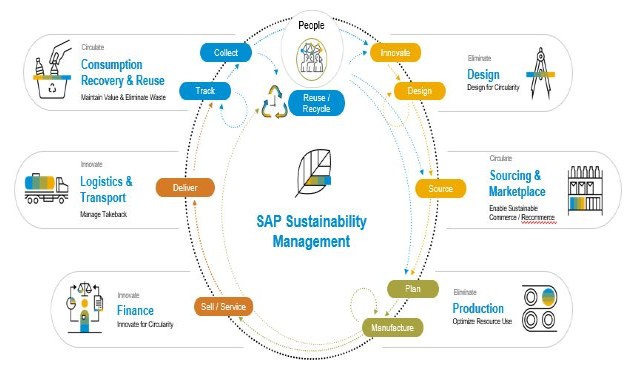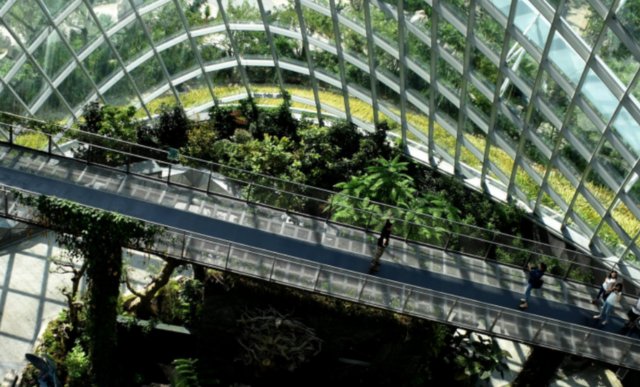Design for a Circular Business
Meet the Authors
Key Takeaways
⇨ Business processes must be transformed to effectively reshape material flows and become circular.
⇨ With product design, sourced materials, usage, collection, and reuse, there are many steps that companies can take to rethink their product lifecycles.
⇨ Businesses should incorporate circularity into their supply chains and create corporate sustainability models.
Organizations are increasingly facing the burden of solving or at least reducing the climate crisis. Businesses must consider new ways to reduce their carbon emissions and produce less waste. One of the leading solutions is to implement a circular economy. This involves reshaping the flow of materials around the world, creating items that can be easily deconstructed and returned, which can take advantage of recaptured materials and reduce reliance on single-use materials and packaging.
In this article, you will gain important insights from SAP on how organizations can being to implement a circular business model and help contribute to creating a more sustainable world for the future. It contains tips on solving for single-use plastic, leveraging technology, reusability, and even how companies can actually profit from circularity.









